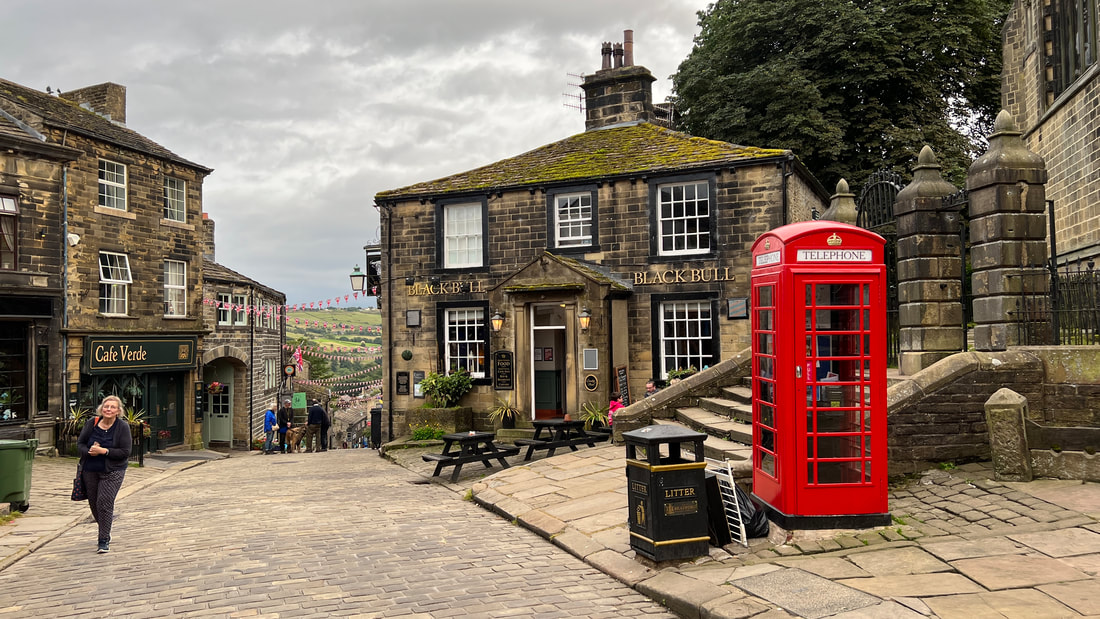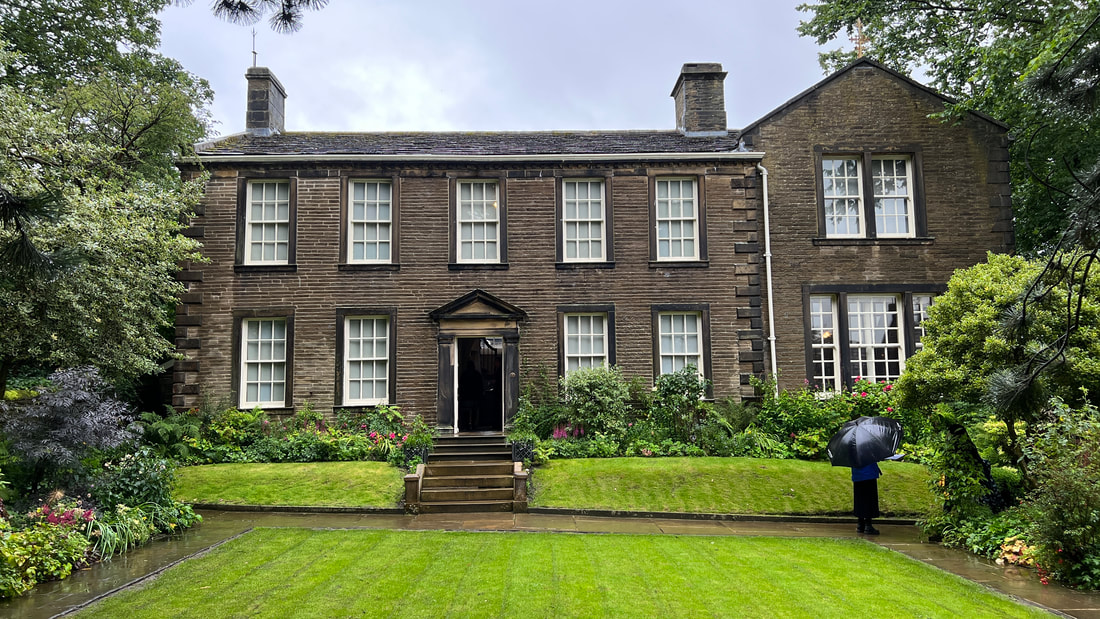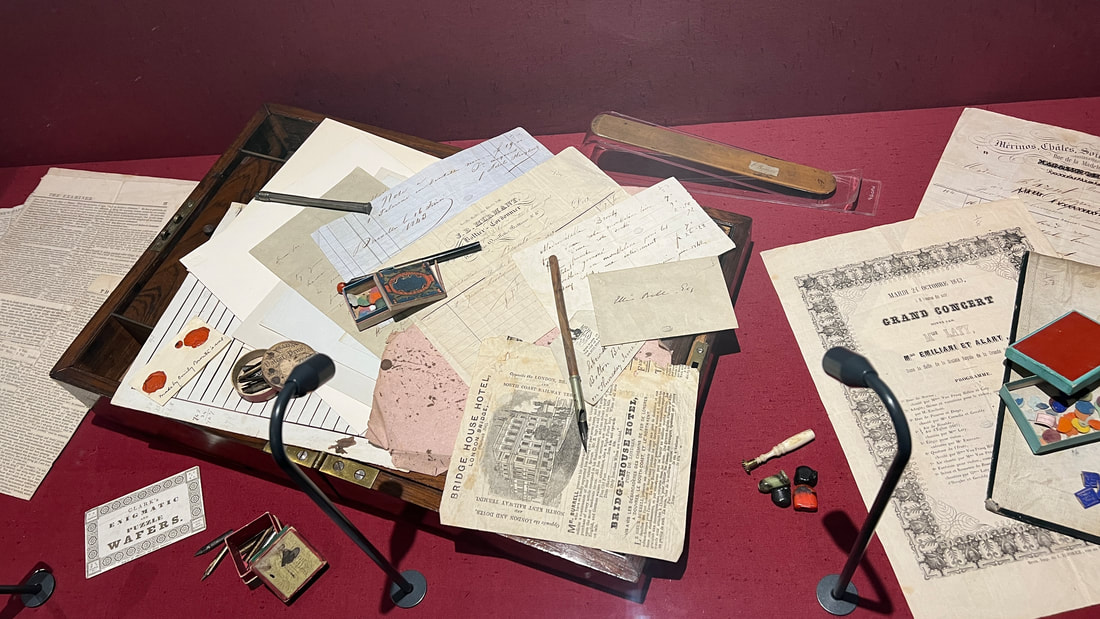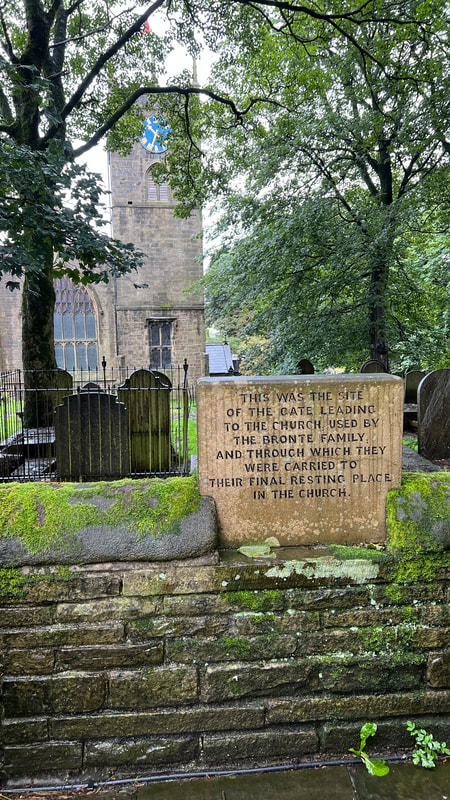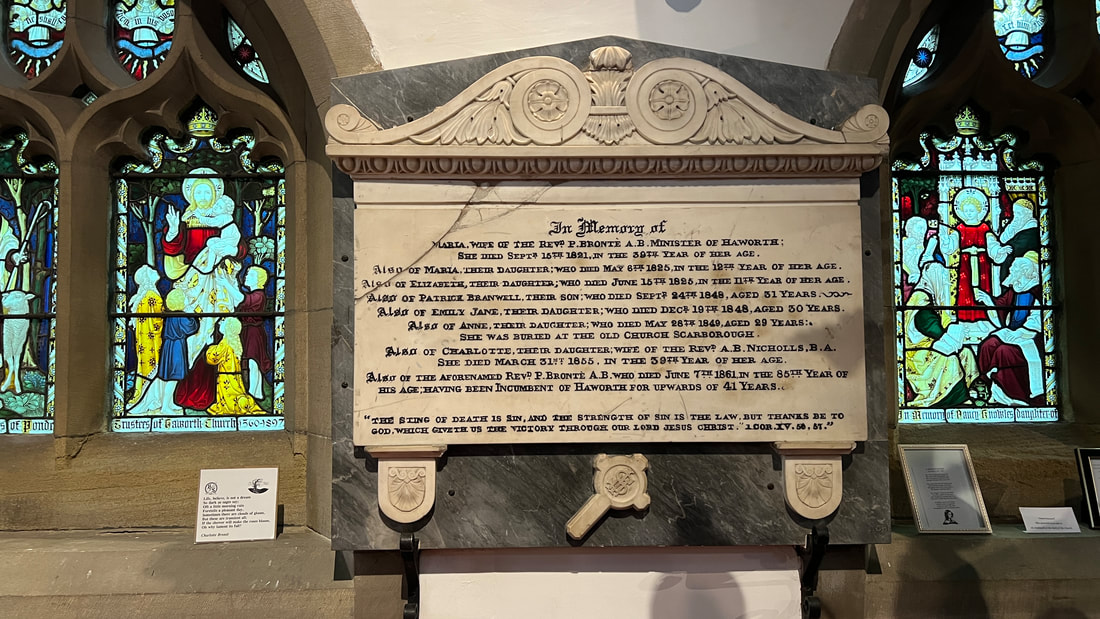|
"I am no bird; and no net ensnares me: I am a free human being with an independent will." So wrote Charlotte Bronte in Jane Eyre. The shadow of the Bronte sisters loom large over the picturesque, steep, cobbled streets of Haworth. Not a shadow of an ominous nature, but more of the extraordinary story of the three sisters who absorbed these atmospheric surroundings and, so inspired, produced some of the most celebrated and important literary works ever completed. Nestled in the picturesque landscapes of West Yorkshire, the village of Haworth gained everlasting fame as the home of the Bronte siblings - Charlotte, Emily and Anne. The 19th Century marked a significant era for this quaint village, as it bore witness to the birth and flourishing of some of English literature's most remarkable talents. Haworth's influence on the Brontes and their lasting impact on literature cannot be overstated. Haworth's charm lies in its idyllic setting, surrounded by rolling hills, heather-covered moors and serene landscapes that captured the imaginations of the Brontes. During their time, the village was a remote and peaceful location, far removed from the bustling urban centres of the Industrial Revolution. The Bronte Parsonage, a modest Georgian house where the family resided, served as the nurturing ground for the sisters' creative genius. Today, it stands as the Bronte Parsonage Museum, a testament to their enduring legacy, Charlotte Bronte's Jane Eyre, Emily Bronte's Wuthering Heights and Anne Bronte's The Tenant of Wildfell Hall are classics that continue to captivate readers worldwide. These works, characterised by their passionate characters and intense emotional landscapes, were often influenced by the rugged beauty of Haworth's natural surroundings. The windswept moors, the melancholic isolation of Haworth permeate the pages of the novels. The wildness of the landscapes often mirror the tumultuous emotions of their characters. The moors, in particular, become almost like characters themselves, representing freedom, isolation and the untamed aspects of human nature. The landscape's double nature, both beautiful and haunting, finds a parallel in the intricate psychology of the Bronte's characters. Haworth's location was both a blessing and a curse for the sisters. The village's remoteness shielded them from some societal pressures, allowing them to explore their creativity freely. However, the lack of exposure to a wider world also meant that their understanding of society was somewhat limited. They used male pseudonyms, Currer, Ellis and Acton Bell, partly to navigate the prejudices and biases of the literary world of that time, where women writers faced significant barriers. The Bronte family's story begins with Patrick Bronte, (originally Brunty), a clergyman from County Down in what is now Northern Ireland. He married Maria Branwell and the couple had six children, moving to Haworth in 1820 to become the curate at the village church. Sadly, Maria died when the children were still young and Patrick raised them as a single father. The sisters were largely self-educated, drawing inspiration from their father's library and creating their own imaginative worlds. As they grew older, their literary talents became evident. They began writing and creating stories from a young age. In 1831, when Charlotte, the eldest of the siblings, was aged 15, they attended the Clergy Daughter's School at Cowan Bridge, an experience that deeply influenced Charlotte's later works. She worked as a governess for various families, a role that exposed her to different social classes and provided material for her writing. Jane Eyre was published in 1847, and was a resounding success, as was Emily's first and only novel published around the same time, Wuthering Heights. However, Emily fell victim to illness shortly after publication. She died in 1848 at the age of 30,, most likely due to tuberculosis. The following year, her sister Anne also died aged just 29. Whilst she may not have achieved the same level of fame as her sisters, her works Agnes Grey and The Tenant Of Wildfell Hall have earned praise for their unique perspective on societal issues, relationships and the role of women in the 19th century. Charlotte continued to write in the following years, including Shirley (1849) and Villette (1853), before succumbing to death herself aged 38, possibly from complications surrounding her pregnancy. Patrick Bronte died in 1861, at the age of 84, having outlived all six of his children. His legacy lives on through the accomplishments of his family. You can explore the beautiful village of Haworth as part of our Bronte experiences, new for 2023. For more details please click here.
0 Comments
Leave a Reply. |
Categories
All
Archives
January 2024
|
|
Live For The Hills Tours Ltd
12 Brierley Park High Peak Derbyshire SK23 7NW Telephone: 07500 844744 Email: [email protected] |
© COPYRIGHT 2024 ALL RIGHTS RESERVED.

